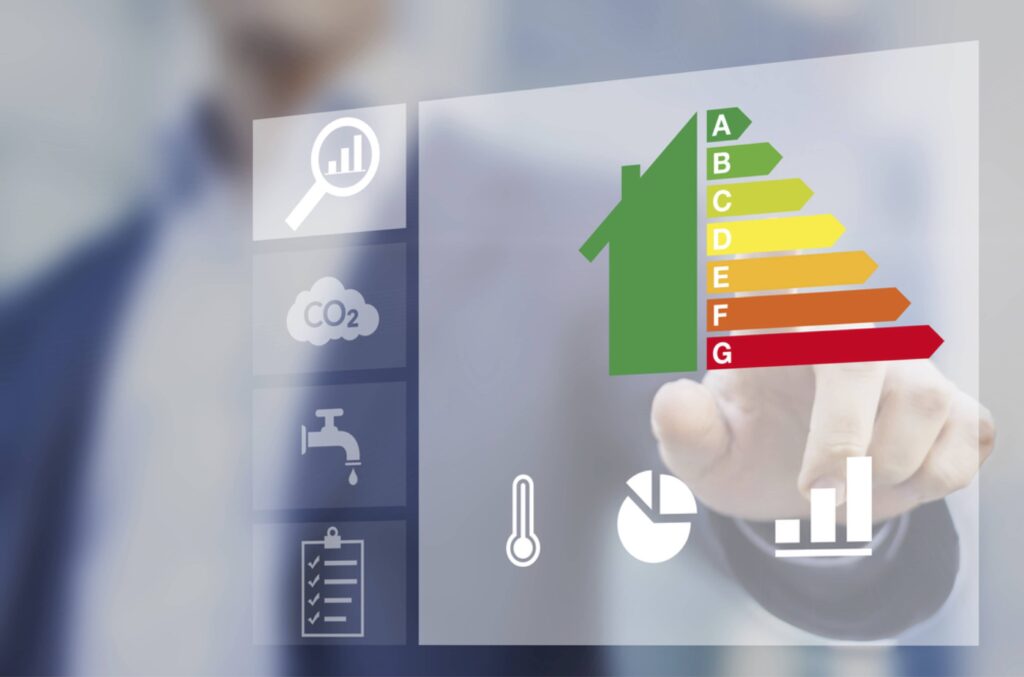Building Performance Simulation: Enhancing Energy Efficiency and Sustainability
Building Performance Simulation (BPS) is a crucial process in modern architecture and engineering, helping to evaluate and optimize the performance of buildings before construction. By using advanced computational tools, BPS enables architects, engineers, and designers to predict how a building will behave under different conditions, improving energy efficiency, comfort, and sustainability.

Key Benefits of Building Performance Simulation
Energy Efficiency
BPS helps to assess the energy usage of a building by simulating heating, cooling, lighting, and ventilation needs. This allows for optimizing energy consumption, reducing waste, and lowering operational costs, contributing to a more energy-efficient building.Sustainability
With growing environmental concerns, sustainability is a priority in building design. BPS can evaluate the environmental impact of a building, helping to incorporate energy-saving technologies, renewable energy sources (like solar and wind), and green materials into the design, contributing to reduced carbon footprints.Indoor Environmental Quality
Through simulations, factors such as air quality, lighting levels, and thermal comfort can be optimized to enhance the indoor environment. This improves occupant well-being, comfort, and productivity, which is essential for residential, commercial, and industrial buildings.Cost Savings
By analyzing different design alternatives before construction, BPS can identify the most cost-effective solutions for energy use, construction materials, and system designs. It allows for better-informed decisions, reducing the likelihood of costly mistakes during the construction phase.Compliance with Standards
Many regions have strict building codes and sustainability regulations. BPS can ensure that buildings meet local and international standards, including those set by organizations such as LEED, BREEAM, and ASHRAE.
Key Components of Building Performance Simulation
This models the heating, cooling, and lighting needs of a building to optimize its energy consumption and efficiency over time.
BPS helps in evaluating the thermal performance of a building, ensuring that occupants maintain comfort throughout different seasons by analyzing heating and cooling needs.
Simulating the daylighting effect helps optimize natural light use and reduce reliance on artificial lighting, contributing to energy savings.
Proper airflow and ventilation are essential for maintaining indoor air quality and comfort. Simulations help design effective HVAC systems and optimize natural ventilation.
BPS can also model acoustic performance, ensuring sound insulation is appropriate, reducing noise pollution, and enhancing occupant comfort.

